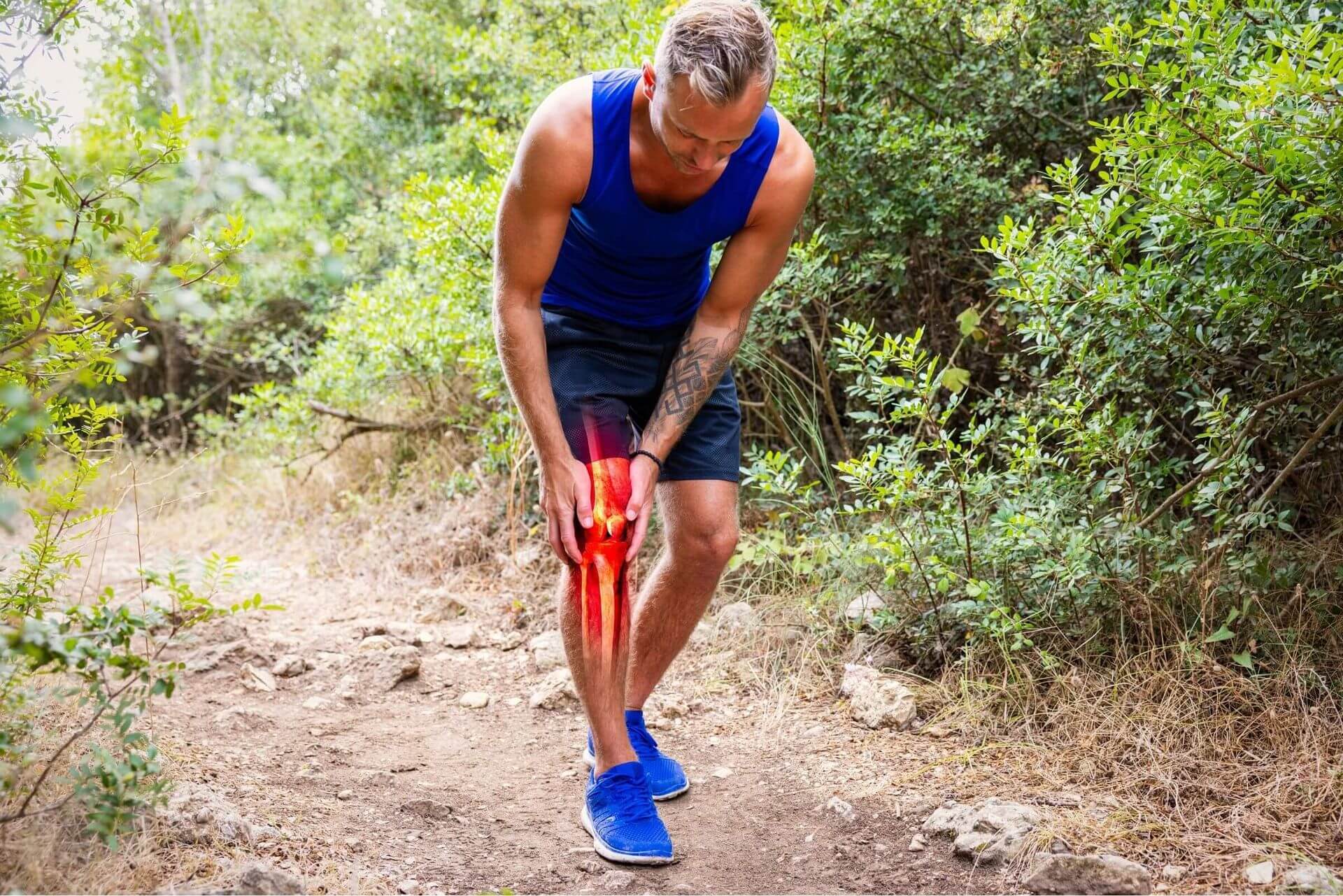Blog, Physiotherapy
Iliotibial Band Syndrome: Why Your Knee Hurts and How to Fix It

If you’re a runner dealing with pain on the outside of your knee, especially during longer runs or downhill sections, you might have Iliotibial Band Syndrome (ITBS).
It’s a common overuse injury, affecting up to 12% of runners, and can quickly turn from mild discomfort to a painful stop in your training.
The good news? With the right treatment and rehab, you can recover and get back to running pain-free.
In this blog, you will learn about the following information:
- What does the ITB do?
- Common symptoms
- How physiotherapy can help you return to running?
What Is the Iliotibial Band (ITB)?
The Iliotibial Band (ITB) is a thick, fibrous band of tissue that runs from your hip to the outside of your knee. Its main job is to stabilise your knee while running.
When the ITB gets tight or irritated, it rubs against the knee bone, causing pain and inflammation—this is ITB Syndrome.
Common Symptoms of ITB Syndrome include:
- Sharp or burning pain on the outside of the knee, especially during runs.
- Pain that worsens with running but eases when you stop.
- Tenderness or swelling on the outer knee.
- A clicking or snapping sensation over the knee.
Left untreated, it can make everyday movements—like walking up stairs—painful too.
How Physiotherapy Can Help You Recover Faster
At M Physio, we focus on quick and effective treatment to get you back to running. Here’s how:
- Hands-on Therapy – Massage, dry needling, and foam rolling help release tightness in the ITB and surrounding muscles.
- Strength & Stability Exercises – Strengthening your glutes, hips, and core helps reduce strain on your ITB.
- Stretching & Mobility Work – Improving flexibility in your hips and thighs reduces ITB tightness.
- Running Form Fixes – Small adjustments to your running technique can help prevent ITB pain from returning.
Don’t Let ITB Syndrome Stop You from Running
ITB pain won’t go away on its own—but with the right treatment, you can recover quickly and safely.
At M Physio, we help runners overcome injuries and stay pain-free. If ITB Syndrome is slowing you down, book an appointment today on 1800 992 999 and get back to running stronger than ever!
 |
Written By:
Bachelor of Physiotherapy (Hons) |
References
Beals, C., & Flanigan, D. (2013). A review of treatments for iliotibial band syndrome in the athletic population. Journal of Sports Medicine, 2013, Article ID 367169. https://doi.org/10.1155/2013/367169
Hadeed, A., & Tapscott, D. C. (2023). Iliotibial band friction syndrome. In StatPearls. StatPearls Publishing. https://www.ncbi.nlm.nih.gov/books/NBK542185/
Sanchez-Alvarado, A., Bokil, C., Cassel, M., & Engel, T. (2024). Effects of conservative treatment strategies for iliotibial band syndrome on pain and function in runners: A systematic review. Frontiers in Sports and Active Living, 6, Article 1386456. https://doi.org/10.3389/fspor.2024.1386456


